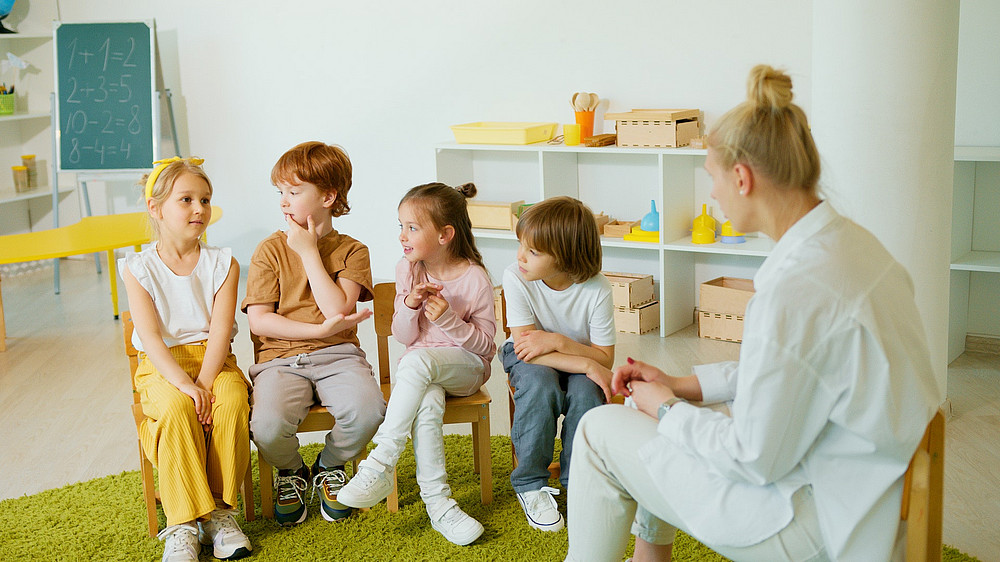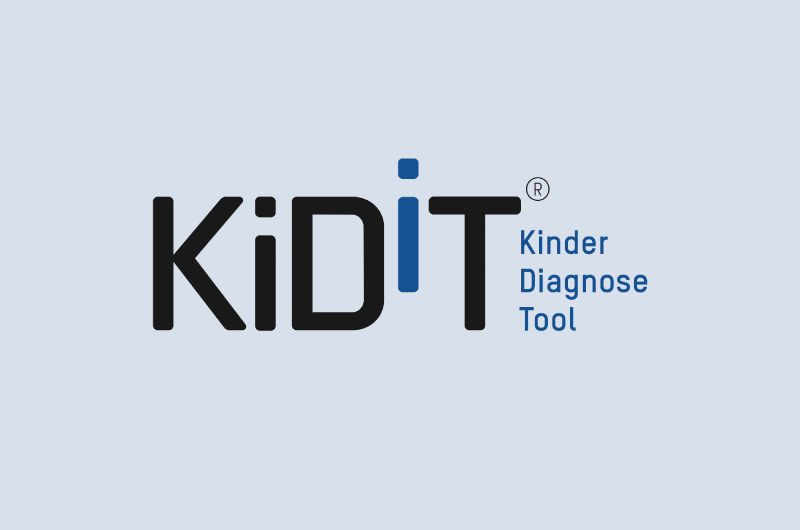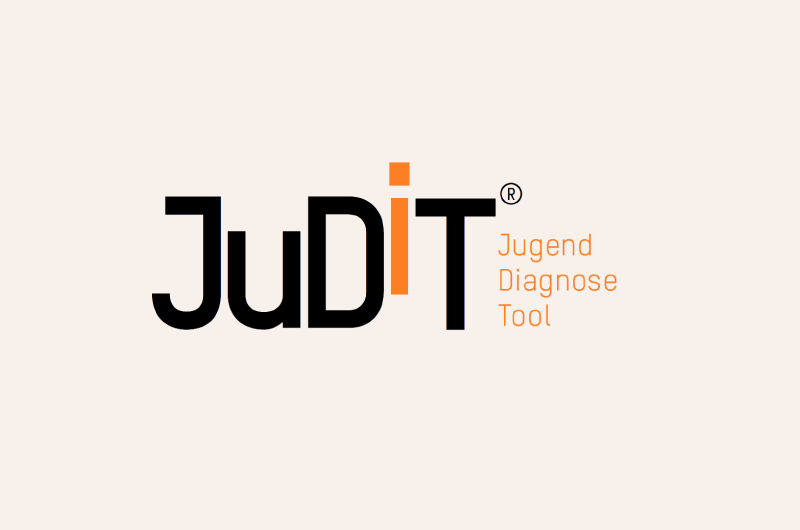GrazIAS Basic
The basic version of the Graz Interaction Scale (GrazIAS) focuses on ensuring and further developing the quality of interaction between professionals and children. This scientifically based standardized observation instrument is used to record the performance of the educational professional through participatory observation (approx. 5 hours). The quality of the interaction design is measured on the basis of verifiable aspects, personalized through individual notes by our trained evaluators and reported back to the professionals in evidence-based coaching sessions or in writing.
GrazIAS Mathematics (Math)
The conscious facilitation of mathematical experiences has a demonstrably positive effect on these children's abilities. In this context, professional action means recognizing mathematical content in everyday life and carefully accompanying it in interactions. After a non-participatory observation, the professionals are given feedback on the current status of the design of the situations and thus offer a starting point for their work or, if necessary, further coaching. The scale has not yet been scientifically validated, but nevertheless offers a solid basis for quality development in the area of mathematics.
GrazIAS Technical Education (TeBi)
Building and constructing is part of children's everyday play and teaches children about physical phenomena. The role of the educational specialist is to accompany these processes in a co-constructive manner. Building and construction games also offer a variety of language opportunities for scientific, technical and mathematical phenomena. The starting point for further quality assurance and development processes is non-participatory observation by our evaluators, who give the professionals feedback on the design of interactions within building and construction processes. The scale has not yet been scientifically validated, but nevertheless provides a solid basis for quality development in the field of technical education.
GrazIAS Children's perspective
The GrazIAS Children's Perspective app offers a further opportunity to focus on the quality of interaction in the facilities, focusing on the children's perspective of their experiences in everyday educational settings. Using a specially developed smiley scale and open response fields for notes, educational professionals can record and evaluate the children's views (from the age of 3) on various features of quality interactions. Thanks to its child-friendly structure, the GrazIAS children's perspective enables a playful dialog and a stimulating and appreciative discussion atmosphere.
→ Guide accompanying the GrazIAS Children's Perspective app (German)
→ Guide accompanying the GrazIAS Children's Perspective app (English)

KiDiT® observation tool for early education practice
KiDiT® supports you in documenting your observations in practice (Austria, Germany, Switzerland) and is constantly being scientifically reviewed. It also contains informative background information, didactic materials, studies and tips on observation.
Visit KiDiT website (external)
Would you like to know more about the digital observation tool? Then take a look at our regular online consultation hours.

JuDiT® observation tool for reading ability (from secondary level I)
JuDiT® supports you in documenting your observations of learners' reading skills in secondary levels I, II and vocational education.) It is based on the multi-level model of reading by Rosebrock & Nix (2017). This didactically oriented model of reading competence enables concrete school measures to promote reading in the classroom.
